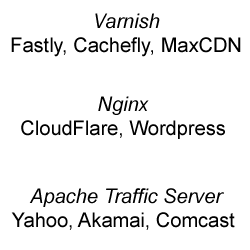Damballa Integrates with Palo Alto Networks
Damballa, a network security monitoring company, announced that its failsafe threat detection platform now integrates with Palo Alto Network’ Panorama network security management platform and Next-Generation Firewalls. Damballa Failsafe 6.0 uses a distributed computing architecture, which offers new detection modules,


